Table of Contents
The geography of Bosnia and Herzegovina is a captivating blend of diverse landscapes and historical significance. Situated in Southeastern Europe, this nation’s geographic location has played a pivotal role in shaping its history and cultural identity.
Nestled in the heart of the Balkans, Bosnia and Herzegovina geography beckons adventurous travelers with its lush mountain ranges, enchanting valleys, and ancient historical sites. From exploring the majestic Dinaric Alps to uncovering the cultural tapestry of Sarajevo, Bosnia and Herzegovina’s diverse landscapes and rich history offer an unforgettable journey for intrepid tourists seeking a unique and enriching experience.
The physical geography of Bosnia and Herzegovina paints a picture of awe-inspiring natural masterpieces. From the breathtaking waterfalls of Kravica, reflecting the nation’s pristine natural beauty, to the diverse ecosystems that dot the country, Bosnia and Herzegovina stands as a testament to nature’s grandeur.
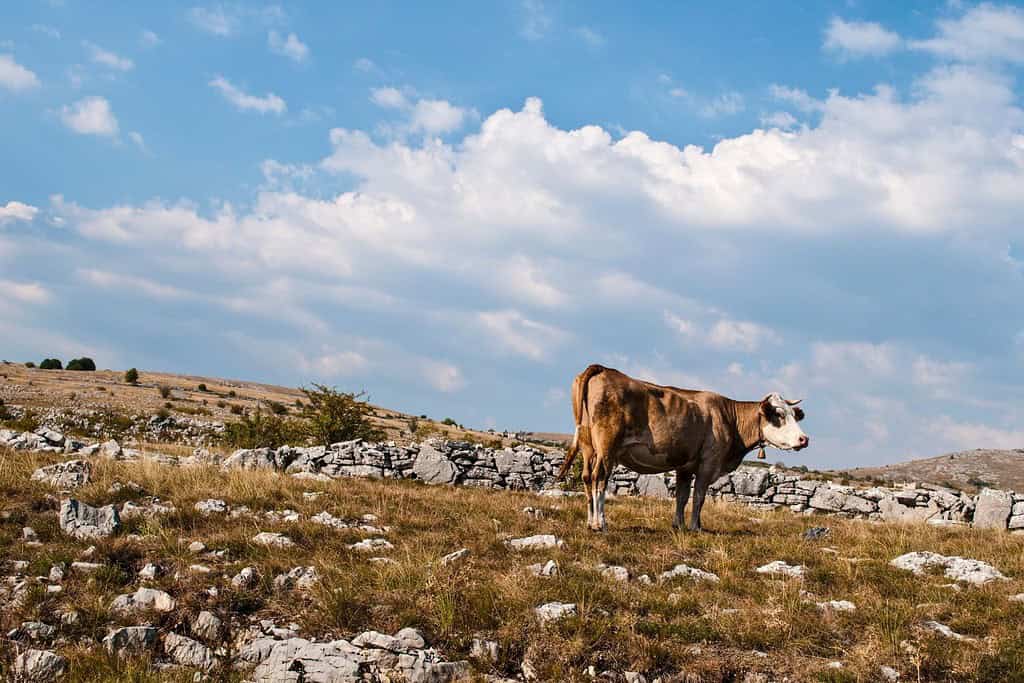
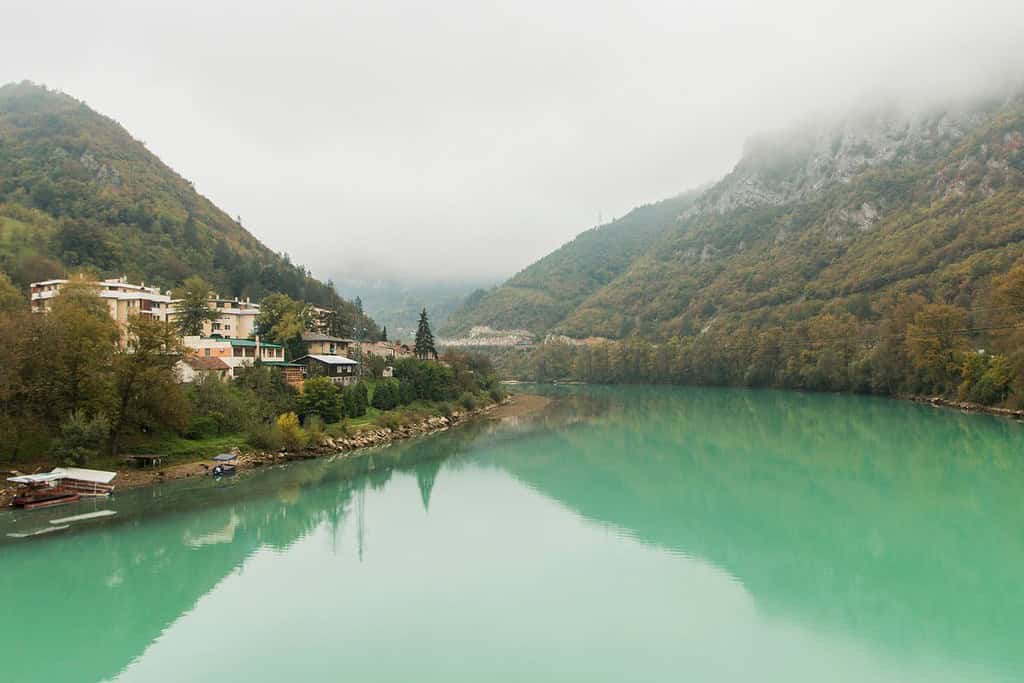
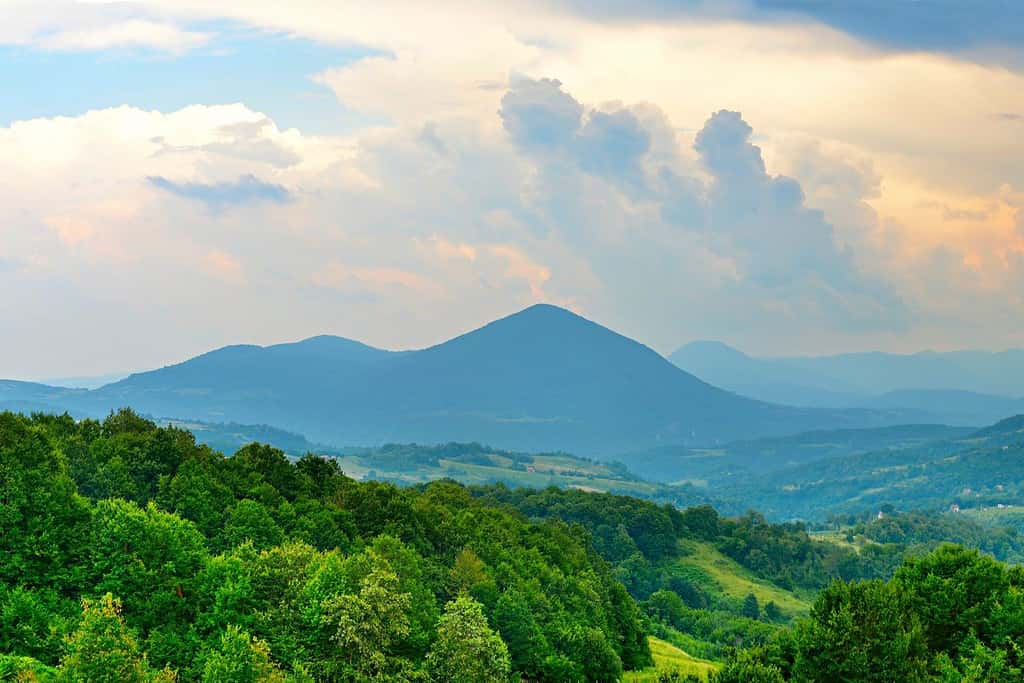
Top Geographic Features of Bosnia and Herzegovina
- Dinaric Alps: This impressive mountain range stretches across much of Bosnia and Herzegovina, influencing its topography and climate patterns.
- Neretva River: One of Bosnia and Herzegovina’s major rivers, the Neretva flows through the southern part of the country, providing essential water resources for agriculture and hydropower.
- Vrelo Bosne: Located near Sarajevo, this natural spring is a popular destination due to its scenic beauty, featuring waterfalls, lakes, and diverse flora and fauna.
- Hutovo Blato Nature Park: A unique wetland reserve in the southern part of the country, it is a haven for numerous bird species and a significant wintering site for many waterbirds.
- Prenj Mountain: Often referred to as the “Bosnian Himalayas,” Prenj Mountain is characterized by its rugged peaks and dense forests, offering breathtaking landscapes.
- Una River: Flowing through the northwest, the Una River is known for its clear waters, waterfalls, and rafting opportunities.
- Sutjeska National Park: Home to the country’s highest peak, Maglić, this national park is one of the oldest in Bosnia and Herzegovina, boasting pristine forests and rich biodiversity.
- Bosnian Pyramid of the Sun: Located in Visoko, these controversial structures have sparked debates about their origins, with some claiming they are man-made pyramids.
- Trebižat River: Known for its tufa cascades, the Trebižat River creates the stunning Kravice Waterfalls, a popular tourist attraction.
- Perućica: One of the last remaining primeval forests in Europe, located within Sutjeska National Park, it offers a glimpse into the untouched nature of the region.
These geographic features play a crucial role in shaping Bosnia and Herzegovina’s landscape, climate, and cultural history, making them essential elements in defining the country’s geography.
Bosnia and Herzegovina Geography
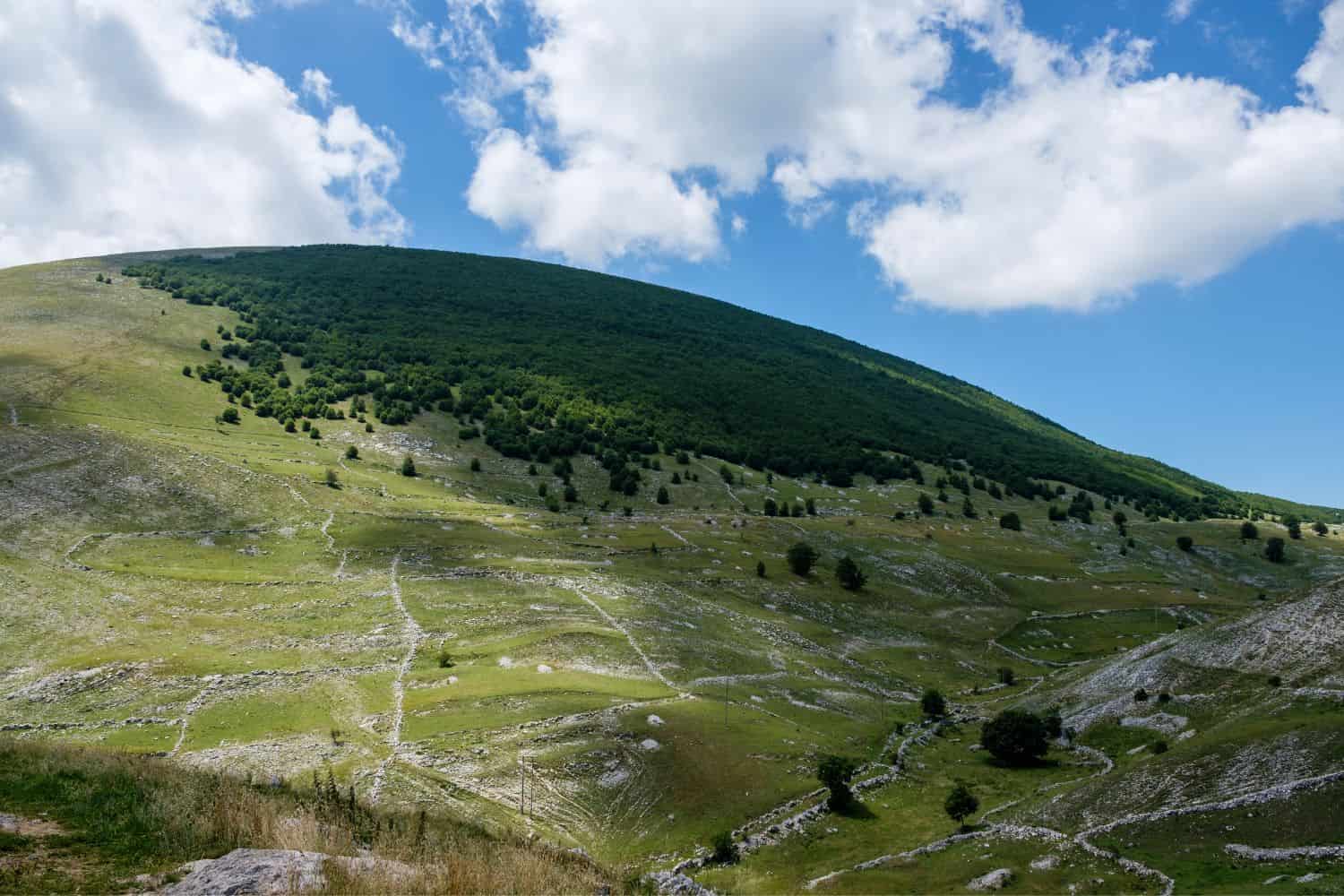
Exploring the Bosnia and Herzegovina National Geographic canvas reveals a captivating array of geographic features. From verdant mountain ranges to pristine rivers and historic towns, the country offers a mesmerizing tapestry of natural and cultural wonders.
- Mountain Ranges – The Crown of Diversity: Similar to documentaries that often feature majestic mountain ranges, Bosnia and Herzegovina boasts the impressive Dinaric Alps. These rugged peaks not only add to the country’s scenic beauty but also offer unique biodiversity and have shaped its cultural identity.
- Lakes – A Kaleidoscope of Colors: Bosnia and Herzegovina’s Pliva Lakes, with their serene waters, resemble the picturesque landscapes captured in photographs. These pristine lakes, surrounded by lush forests, reflect the region’s ecological richness.
- Rivers – Lifelines of the Landscape: Just as rivers are the lifeblood of many regions, Bosnia and Herzegovina’s Neretva and Vrbas rivers showcase the country’s hydrological wealth. These rivers have carved valleys and canyons, providing vital resources for communities and wildlife.
- Historical Sites – Unveiling the Past: Bosnia and Herzegovina’s historical sites, like the old bridge in Mostar, evoke memories of explorations that uncover ancient civilizations. The remnants of Ottoman and Austro-Hungarian architecture stand as a testament to the country’s rich cultural heritage.
- Ethnic Diversity – A Cultural Melting Pot: Similar to the National Geographic focus on diverse cultures, Bosnia and Herzegovina is a tapestry of ethnic groups, including Bosniaks, Croats, and Serbs. Each group contributes unique traditions, languages, and customs, creating a vibrant cultural mosaic.
- Wildlife – A Sanctuary for Nature: Bosnia and Herzegovina’s protected areas, such as the Hutovo Blato Nature Park, mirror the coverage of wildlife conservation. These regions serve as crucial habitats for migratory birds and other wildlife, preserving biodiversity in a lush environment.
- Geological Marvels – A Natural Showcase: The country’s geological wonders, like the Vjetrenica Cave, showcase Bosnia and Herzegovina’s natural beauty amidst the formidable Dinaric Alps. Such structures demonstrate the intricate relationship between nature and geology.
- Remote Exploration – Uncharted Territories: The remote and untouched Sutjeska National Park beckons adventurers, much like quests into uncharted territories. This area offers a glimpse into pristine landscapes and ancient cultural connections.
Bosnia and Herzegovina geographic features are marked by the dominating presence of the Dinaric Alps. These majestic peaks, create a breathtaking backdrop for the nation’s diverse topography. Historic trade routes and paths weave their way through these formidable mountains, connecting different regions of the Balkans.
Flowing gracefully through the Bosnian terrain are the life-giving rivers like the Drina and the Una, vital for agriculture and irrigation. Additionally, the country’s rich forests and karst landscapes add to its unique geography.
Bosnia and Herzegovina Geographic Location
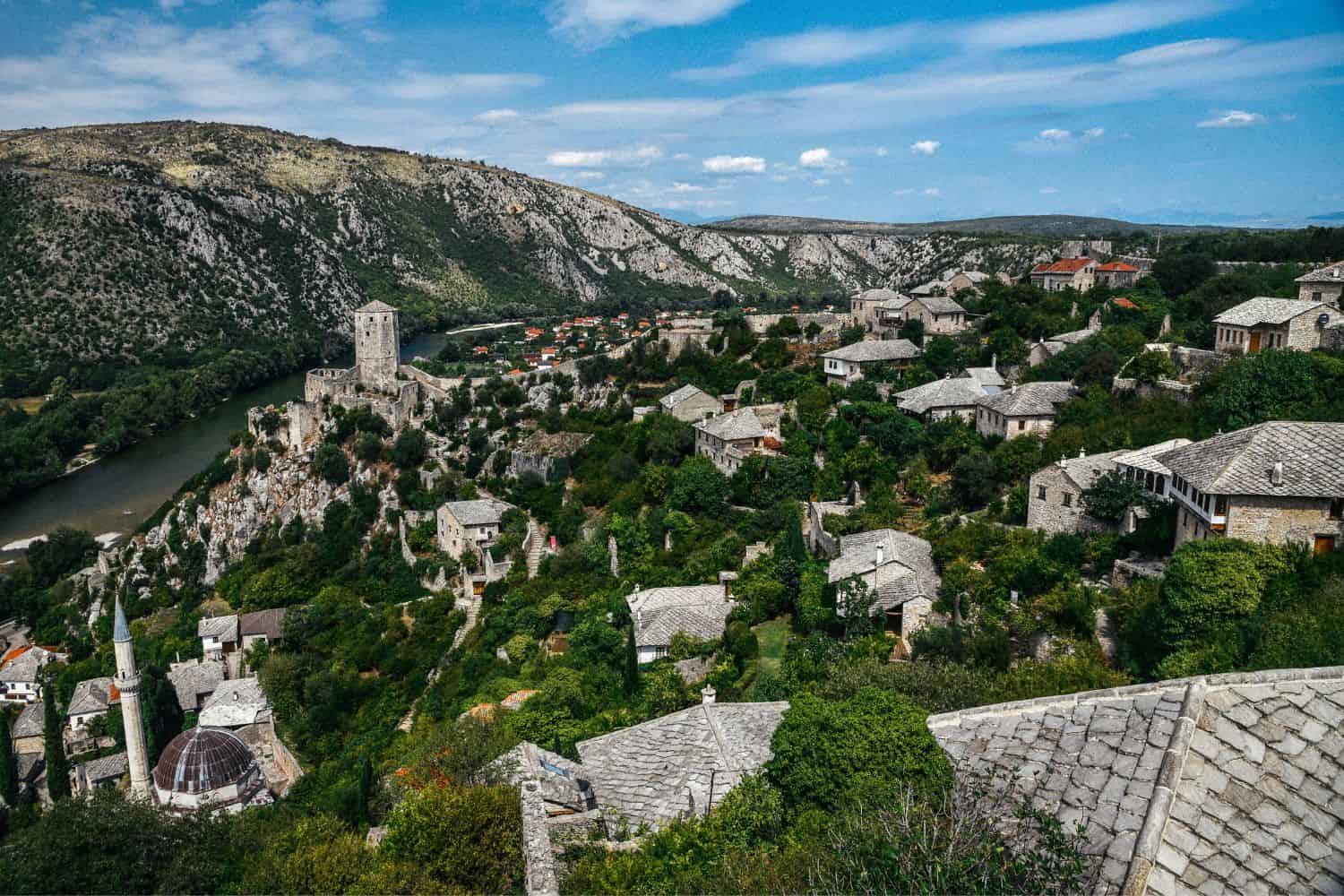
Bosnia and Herzegovina geographic location is very strategic, and its position has played a significant role throughout history. Located at the crossroads of Central and Southeast Europe, the country has been a melting pot of cultures, religions, and civilizations, emphasizing its historical significance.
Borders of Bosnia and Herzegovina
Bosnia and Herzegovina shares borders with three countries. Here is Bosnia and Herzegovina physical geography with the neighboring countries and the approximate total length of each border:
- Croatia: The border between Bosnia and Herzegovina and Croatia is approximately 932 kilometers long.
- Serbia: The border between Bosnia and Herzegovina and Serbia is approximately 357 kilometers long.
- Montenegro: The border between Bosnia and Herzegovina and Montenegro is approximately 242 kilometers long.
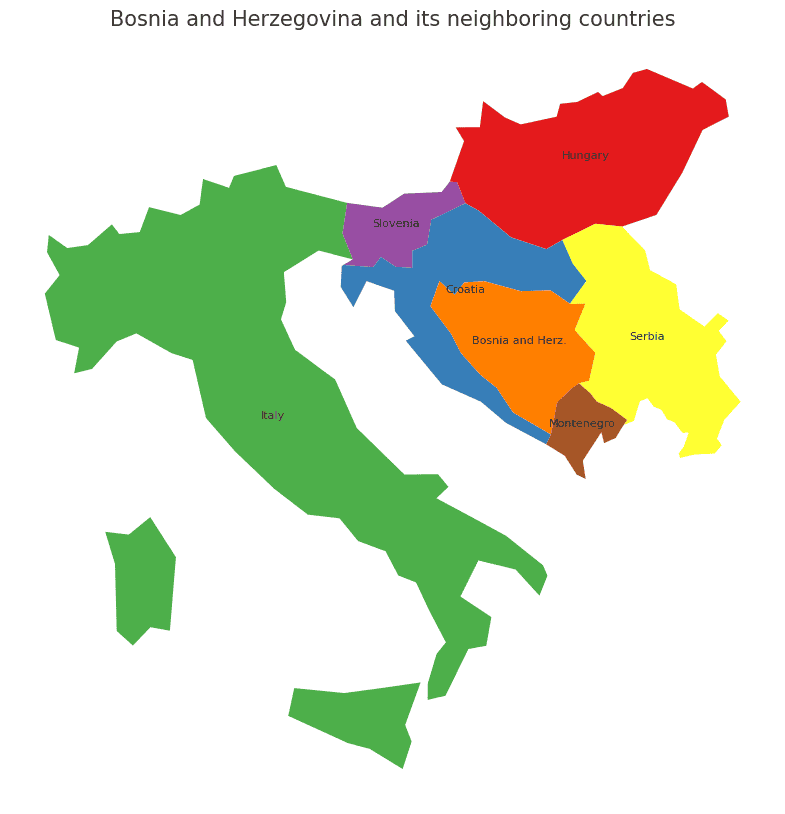
| Bosnia and Herzegovina Neighboring | Country Border Length (Approximate) |
|---|---|
| Croatia | 932 kilometers |
| Serbia | 357 kilometers |
| Montenegro | 242 kilometers |
These international borders define Bosnia and Herzegovina’s connections to different regions and contribute to the country’s geopolitical significance as a crossroads between Southeastern Europe and the Balkans.
Geography of Sarajevo Bosnia and Herzegovina
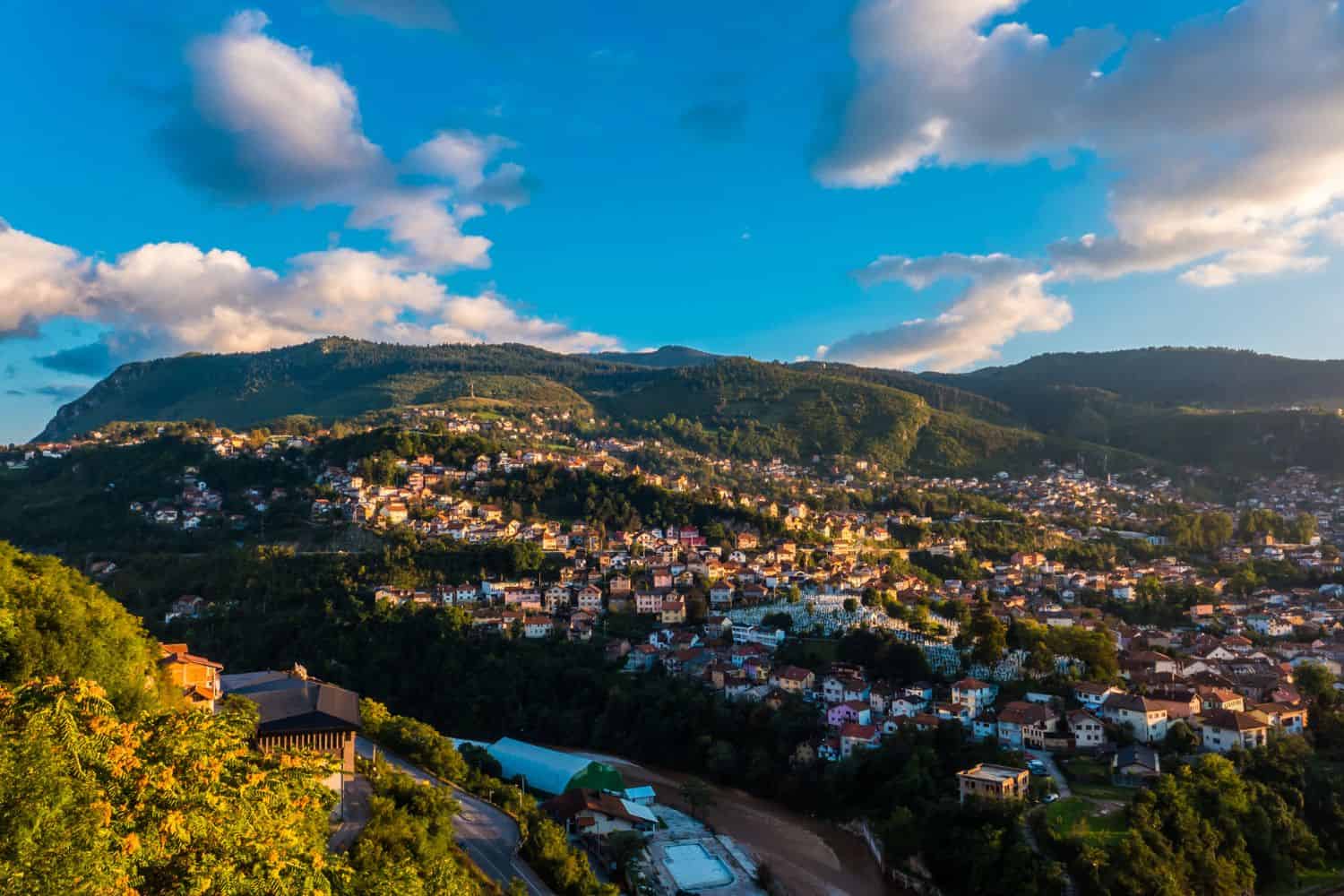
As the capital city of Bosnia and Herzegovina, Sarajevo is a captivating microcosm of the country’s human geography. Here, various ethnic groups, including Bosniaks, Croats, Serbs, and others, coexist, contributing to the city’s vibrant cultural tapestry.
Sarajevo, the capital city of Bosnia and Herzegovina
- City of Contrasts: Sarajevo is known for its stark contrasts, where modern developments coexist with traditional neighborhoods, creating a unique blend of old and new.
- Miljacka River: The Miljacka River flows through the city, providing water for various purposes and adding to the city’s scenic beauty.
- Sarajevo’s Elevation: The city is nestled in the Sarajevo valley, surrounded by the Dinaric Alps, giving it a unique topographical setting.
- Green Spaces: Sarajevo is home to several beautiful gardens and parks, including the Vrelo Bosne, offering a serene escape amidst the bustling city.
- Sarajevo’s Historical Significance: With a history deeply intertwined with the events of the 20th century, Sarajevo has witnessed various pivotal moments, including the assassination of Archduke Franz Ferdinand and the 1984 Winter Olympics.
- Diverse Architecture: The city showcases a diverse architectural heritage, reflecting influences from Ottoman, Austro-Hungarian, and modern styles.
- Picturesque Landscape: The surrounding mountains, including the nearby Jahorina and Bjelašnica, offer stunning views and recreational opportunities throughout the year.
- Sarajevo’s Old Bazaar: The historic Baščaršija, located in the heart of Sarajevo, is a symbol of the city’s rich history and cultural diversity.
- Sarajevo’s Economy: The city serves as Bosnia and Herzegovina’s economic and cultural center, attracting people from all over the country seeking opportunities and education.
- Population Growth: Sarajevo has experienced population growth, with a significant influx of people from various regions, leading to urbanization and infrastructure challenges.
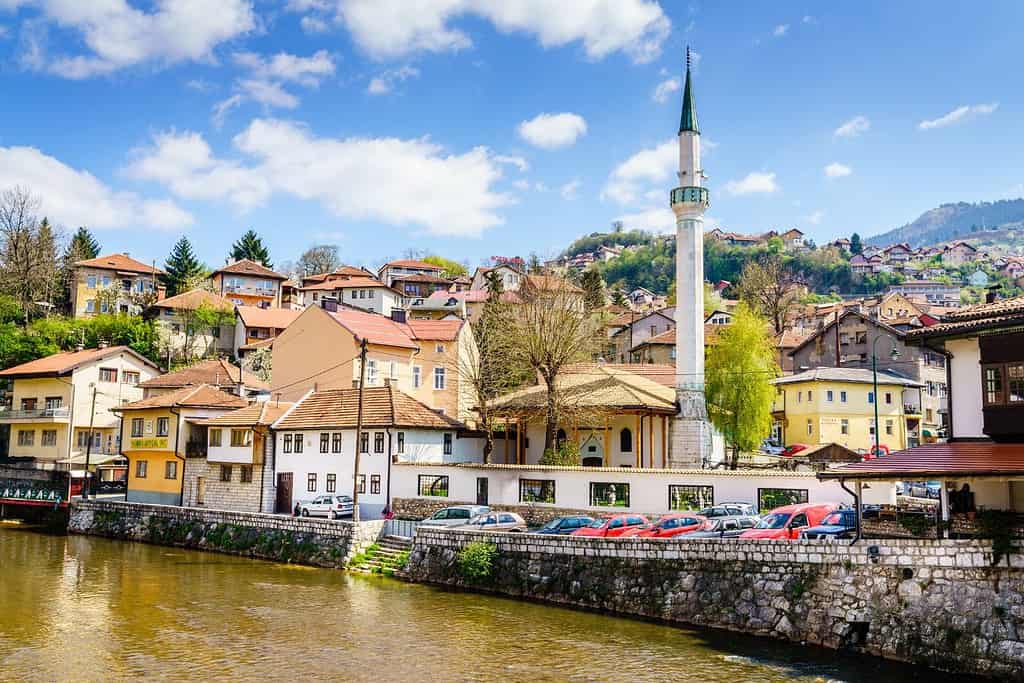
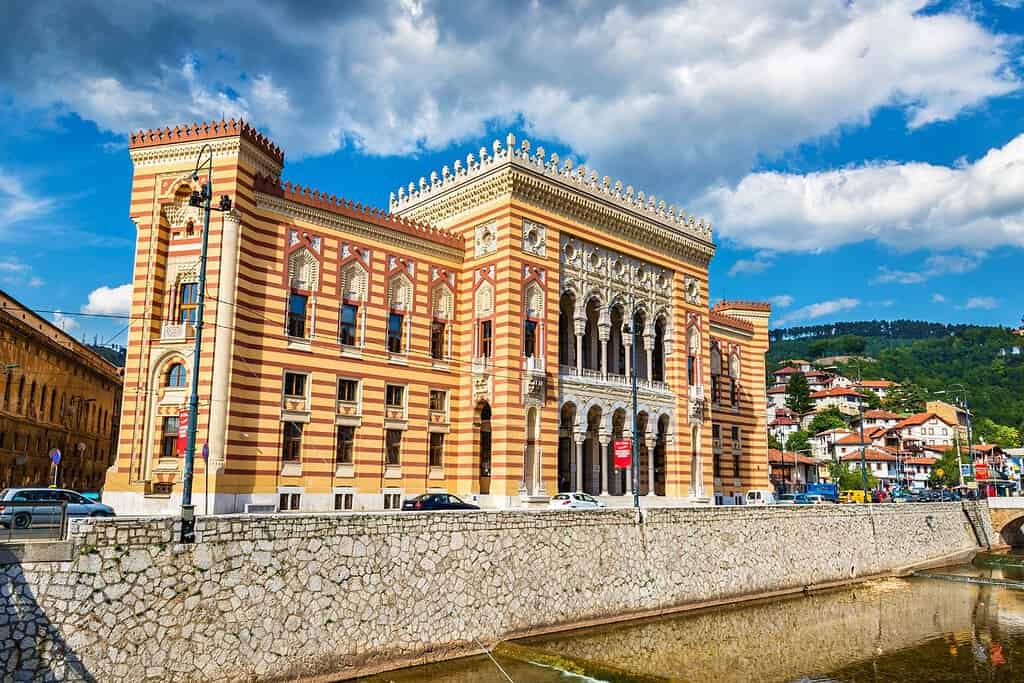
Historical Geographical Importance of Bosnia and Herzegovina
Throughout the ages, Bosnia and Herzegovina’s geographical significance has made it a sought-after stage for historical drama. As empires rose and fell, from the Ottomans to the Austro-Hungarians and the Yugoslav era, Bosnia and Herzegovina’s geographic position played a pivotal role in shaping European history.
- Strategic Crossroads: Bosnia and Herzegovina’s location at the crossroads of Eastern and Central Europe has made it a strategic point for trade, cultural exchange, and military conquests throughout history.
- Ancient Trade Routes: Various trade routes passed through Bosnia and Herzegovina, connecting the Mediterranean and the Balkans, facilitating the exchange of goods, ideas, and cultures.
- Ottoman Era: Bosnia and Herzegovina was a significant region during the Ottoman Empire’s expansion in Europe, influencing its culture, architecture, and religious landscape.
- Austro-Hungarian Rule: During the late 19th and early 20th centuries, Bosnia and Herzegovina became a focal point of Austro-Hungarian rule, bringing with it architectural and cultural influences.
- World War I: The assassination of Archduke Franz Ferdinand in Sarajevo in 1914 played a pivotal role in the onset of World War I.
- Medieval Kingdoms: Bosnia and Herzegovina had its own medieval kingdom, with the Bogomilism religious movement playing a significant role in its history.
- Ottoman Conquests: The Ottoman invasions of the 15th century had a profound impact on Bosnia and Herzegovina’s history, introducing Islam and leaving lasting cultural and political legacies.
- Influence of Christianity: With its roots in the Roman era, Christianity, both Catholicism and Orthodoxy, has played a significant role in shaping the cultural and historical landscape of Bosnia and Herzegovina.
- Bridges of Bosnia and Herzegovina: The iconic Stari Most (Old Bridge) in Mostar is a testament to the region’s rich history and the confluence of Eastern and Western influences.
- Influence of Islam: Introduced during the Ottoman era, Islam has played a significant role in shaping the cultural, architectural, and historical landscape of Bosnia and Herzegovina.
The geographical position of Bosnia and Herzegovina is a mosaic of beauty and historical importance. With its breathtaking mountain ranges, ancient trade routes, and diverse cultural landscapes, this landlocked nation continues to captivate the world’s imagination. Despite challenges, Bosnia and Herzegovina remains an enticing destination for the intrepid traveler and curious explorer, attracted by its tapestry of natural wonders and historical intrigue.
In conclusion, Bosnia and Herzegovina’s geographical significance has made it a stage for historical drama, with various empires and civilizations competing for control and leaving their mark on the region’s history. Its strategic position has influenced global historical events and continues to play a crucial role in the geopolitics of the region today.
More About Bosnia and Herzegovina
[the-post-grid id=”50347″ title=”Bosnia and Herzegovina Main page”]
